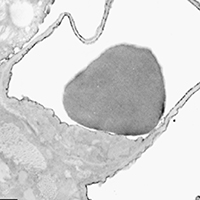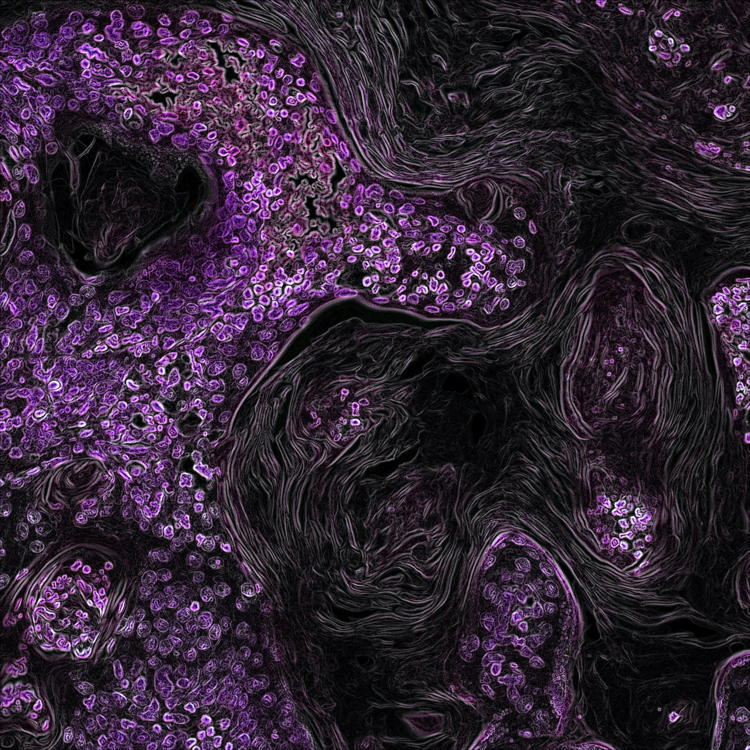Presence of N-acetylneuraminic acid in the lung during postnatal development

Submitted: 28 February 2020
Accepted: 18 April 2020
Published: 6 May 2020
Accepted: 18 April 2020
Abstract Views: 921
PDF: 447
HTML: 4
HTML: 4
Publisher's note
All claims expressed in this article are solely those of the authors and do not necessarily represent those of their affiliated organizations, or those of the publisher, the editors and the reviewers. Any product that may be evaluated in this article or claim that may be made by its manufacturer is not guaranteed or endorsed by the publisher.
All claims expressed in this article are solely those of the authors and do not necessarily represent those of their affiliated organizations, or those of the publisher, the editors and the reviewers. Any product that may be evaluated in this article or claim that may be made by its manufacturer is not guaranteed or endorsed by the publisher.
Similar Articles
- Xiangjun Lu, Jian Shen, Siyuan Huang, Dongdong Liu, Haitao Wang, Tumor cells-derived exosomal PD-L1 promotes the growth and invasion of lung cancer cells in vitro via mediating macrophages M2 polarization , European Journal of Histochemistry: Vol. 67 No. 3 (2023)
- M. Scimeca, A. Orlandi, I. Terrenato, S. Bischetti, E. Bonanno, Assessment of metal contaminants in non-small cell lung cancer by EDX microanalysis , European Journal of Histochemistry: Vol. 58 No. 3 (2014)
- K. Fukui, T. Yasui, H. Gomi, H. Sugiya, O. Fujimori, W. Meyer, A. Tsukise, Histochemical localization of sialic acids and antimicrobial substances in eccrine glands of porcine snout skin , European Journal of Histochemistry: Vol. 56 No. 1 (2012)
- E. Akat, H. Arıkan, B. Göçmen, Histochemical and biometric study of the gastrointestinal system of Hyla orientalis (Bedriaga, 1890) (Anura, Hylidae) , European Journal of Histochemistry: Vol. 58 No. 4 (2014)
- T. Nara, T. Yasui, O. Fujimori, W. Meyer, A. Tsukise, Histochemical properties of sialic acids and antimicrobial substances in canine anal glands , European Journal of Histochemistry: Vol. 55 No. 3 (2011)
- F. Cau, E. Pisu, C. Gerosa, G. Senes, F. Ronchi, C. Botta, E. Di Felice, F. Uda, V. Marinelli, G. Faa, V. Fanos, C. Moretti, D. Fanni, Interindividual variability in the expression of surfactant protein A and B in the human lung during development , European Journal of Histochemistry: Vol. 60 No. 3 (2016)
- Yankun Wang, Yuning Liu, Yawei Wang, Ao Zhang, Wenqian Xie, Haolin Zhang, Qiang Weng, Meiyu Xu, Investigation of seasonal changes in lipid synthesis and metabolism-related genes in the oviduct of Chinese brown frog (Rana dybowskii) , European Journal of Histochemistry: Vol. 67 No. 4 (2023)
- E. Lacunza, V. Ferretti, C. Barbeito, A. Segal-Eiras, M. V. Croce, Immunohistochemical evidence of Muc1 expression during rat embryonic development , European Journal of Histochemistry: Vol. 54 No. 4 (2010)
- Chunlin Ye, Bin Xu, Jie Yang, Yunkun Liu, Zhikai Zeng, Lingchun Xia, Quanjin Li, Guowen Zou, Mucin1 relieves acute lung injury by inhibiting inflammation and oxidative stress , European Journal of Histochemistry: Vol. 65 No. 4 (2021)
- R. Ambu, L. Vinci, C. Gerosa, D. Fanni, E. Obinu, A. Faa, V. Fanos, WT1 expression in the human fetus during development , European Journal of Histochemistry: Vol. 59 No. 2 (2015)
You may also start an advanced similarity search for this article.
Publication Facts
Metric
This article
Other articles
Peer reviewers
2
2.4
Reviewer profiles N/A
Author statements
Author statements
This article
Other articles
Data availability
N/A
16%
External funding
N/A
32%
Competing interests
N/A
11%
Metric
This journal
Other journals
Articles accepted
57%
33%
Days to publication
67
145
- Academic society
- N/A
- Publisher
- PAGEPress Publications, Pavia, Italy

 https://doi.org/10.4081/ejh.2020.3124
https://doi.org/10.4081/ejh.2020.3124











